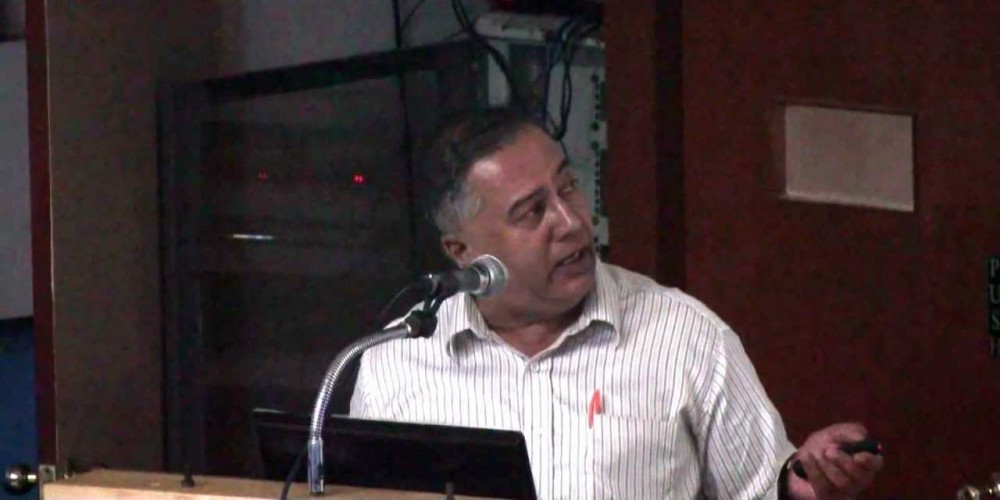The C. P. Ramaswami Aiyar Institute of Indological Research hosted a lecture on Changes in the Religious Demography of India and the World in the Last 100 Years conducted by Professor M.D.Srinivas, Chairman, Centre for Policy Studies, Chennai.
Prof. Srinivas has worked as a faculty member in the Department of Theoretical Physics, University of Madras, till 1996. He is keen scholar of indology and has published many scholarly books on the topic. The Centre for Policy Studies is an institute for research and study aimed at comprehending and cherishing the essential civilizational genius of India, and to help formulate a polity that would allow the Indian genius to flourish and assert itself in the present day world.
In an engaging and brilliant lecture, Prof. Srinivas explained his analysis of the religious demographic data for India and the world over and how these have undergone change in the last century. This was followed by a question and answer session.
Here is a brief summary of the important points from the lecture.
- Seen in the perspective of the world Indian situation does not seem too alarming.
- Christianity and Islam have both made substantial gains in the world in the course of the twentieth century. But it is Africa and some relatively smaller countries of Asia that have experienced the impact of growth of these religions the most.
- Africa has comprehensively lost its Native Religionist moorings.
- In Asia, countries like Indonesia and South Korea have seen their religious complexion change fairly thoroughly.
- India has not succumbed like Africa, but nor have we remained relatively unaffected like China, where the absolute number of Muslims today is less than at the beginning of the 20th century, and the Christians seem to have not made much headway.
- Notwithstanding the continuing erosion of the share of Indian Religionists in specific pockets and regions lying on the borders of Indian Union, much of the country has remained largely immune to the advance of Christianity or Islam.
- Indian Religionists have maintained a dominant presence in almost all of the north-western, western, central and southern parts of Indian Union. These parts together comprise nearly two-thirds of the area and three-fifths of the population of Indian Union.
- Such vitality, however, has not helped them in defending their presence on the borders of the country, where the efforts of the society, to be effective, necessarily need the vigilance and support of a state committed to protecting and preserving the civilisational identity, pride and genius of the nation.
IndiaFacts Staff articles, reports and guest pieces

